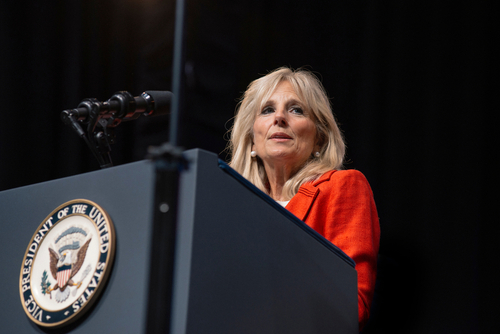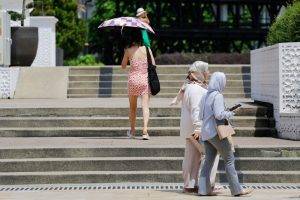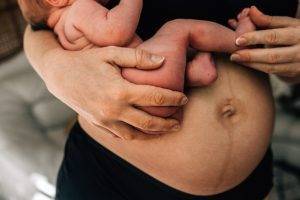Following a recent announcement that Jill Biden, the current First Lady of the United States, underwent surgery to remove a skin lesion, you may be wondering what Mohs surgery is. The procedure is a highly specialized technique used to treat skin cancer.
It involves removing a small area of skin, examining it under a microscope, and then removing additional layers of skin as necessary. This allows the surgeon to remove as little healthy tissue as possible while ensuring that cancerous cells are removed. We dive deeper into everything you need to know about Mohs surgery in this article.
What is Mohs Surgery?
Mohs surgery, also known as Mohs micrographic surgery, is a specialized surgical technique used to treat skin cancer. The procedure was developed by Dr Frederic E. Mohs in the 1930s and has since become the gold standard for treating certain types of skin cancer, particularly basal cell carcinoma and squamous cell carcinoma.
During the procedure, a small area of the skin is removed, and the tissue is examined under a microscope. If cancerous cells are present, additional layers of skin are removed in a specific pattern until all the cancerous tissue has been targeted. This allows the surgeon to remove as little healthy tissue as possible.
One of the key benefits of Mohs surgery is that it allows for a high cure rate for skin cancer. In fact, it has a cure rate of up to 99% for basal cell carcinoma in high-risk areas such as the face, and up to 95-99% for squamous cell carcinoma. Additionally, because the procedure is performed in stages, it allows the surgeon to see the exact extent of cancer, allowing for greater precision.
What To Expect During The Procedure
During Mohs surgery, a patient can expect the following:
- The procedure is typically performed on an outpatient basis, meaning the patient will not need to stay overnight in a hospital.
- The affected area of the skin will be numbed with local anaesthesia before the surgery begins.
- The surgeon will remove thin layers of skin, one at a time, and examine each layer under a microscope to check for any remaining cancer cells.
- The process will continue until the surgeon has removed all the cancerous tissue and the remaining skin is free of cancer cells.
- The wound will then be closed with stitches or allowed to heal on its own.
- The patient will likely be able to return home the same day but will be given instructions on how to care for the wound and schedule a follow-up visit with the surgeon.
It is important to note that the duration of the procedure may vary depending on the size and location of cancer, as well as the skill of the surgeon. It may take several hours to complete.
The Prevalence Of Skin Cancer Lesions In Asian Communities
Skin cancer is relatively uncommon in Asian populations compared to other racial groups. However, certain types of skin cancer, such as squamous cell carcinoma and Merkel cell carcinoma, do have prevalence in Asian communities.
Squamous cell carcinoma, a type of skin cancer that arises from the squamous cells in the upper layers of the skin, is more commonly seen in Asian populations, particularly in those with a history of prolonged sun exposure and a history of non-melanoma skin cancer.
Merkel cell carcinoma is a rare and aggressive type of skin cancer that is more common in Asian populations than in other racial groups. It is caused by a virus called Merkel cell polyomavirus (MCV) and it is typically found on sun-exposed areas of the skin, such as the face, head, and neck.
Asian populations also have a higher risk of developing skin cancer in non-sun-exposed areas, particularly on the legs and upper body, which is different from the typical pattern of skin cancer in fair-skinned individuals.
It’s important to note that early detection and prompt treatment are crucial for successful outcomes in skin cancer. People of Asian descent should be aware of the risks and should conduct regular self-examinations to check for any suspicious moles or skin changes, and consult a dermatologist if any concerns arise.
It is also crucial for Asian populations to practice sun protection measures, such as wearing protective clothing, using sunblock and avoiding prolonged sun exposure, especially during peak hours, to reduce the risk of developing skin cancer.












